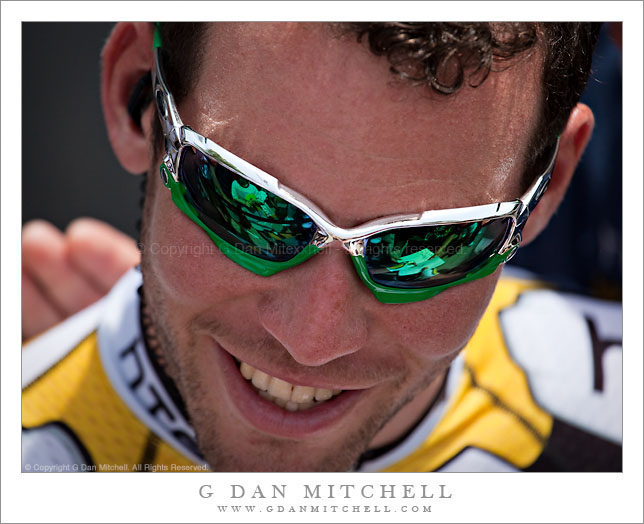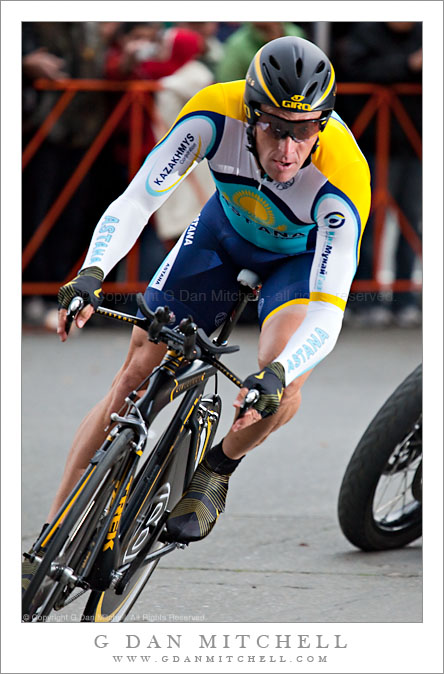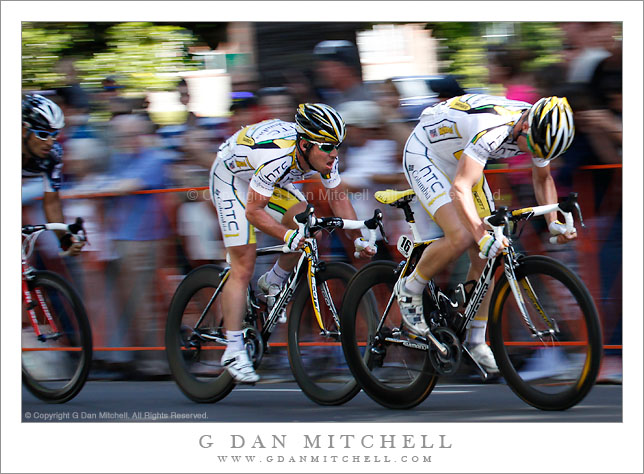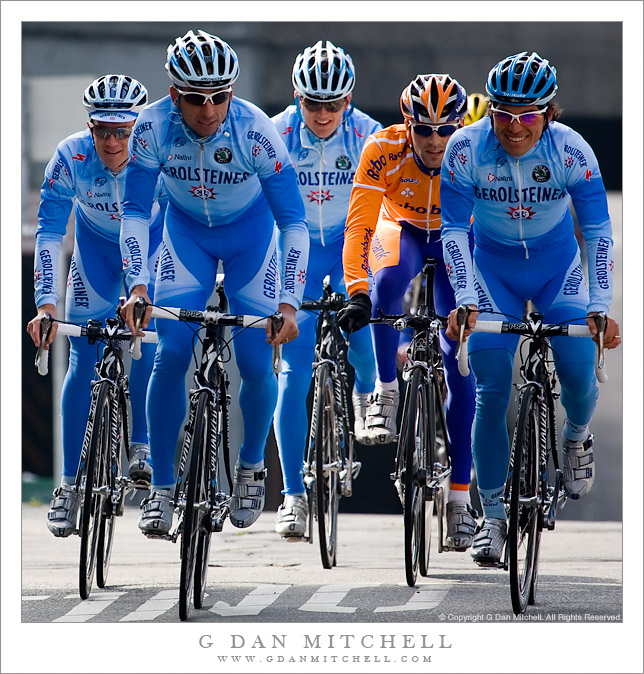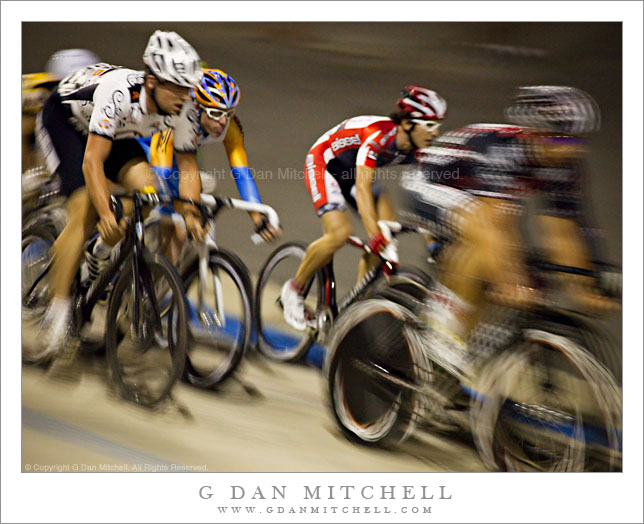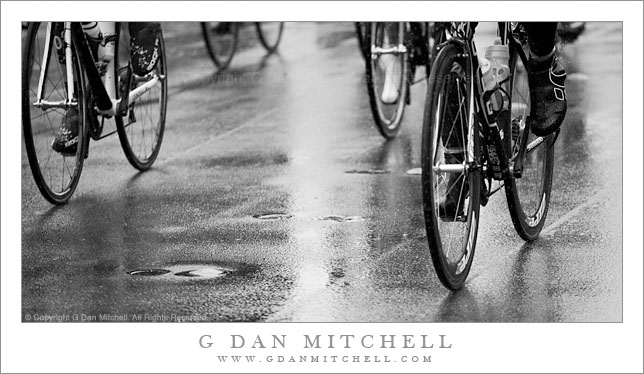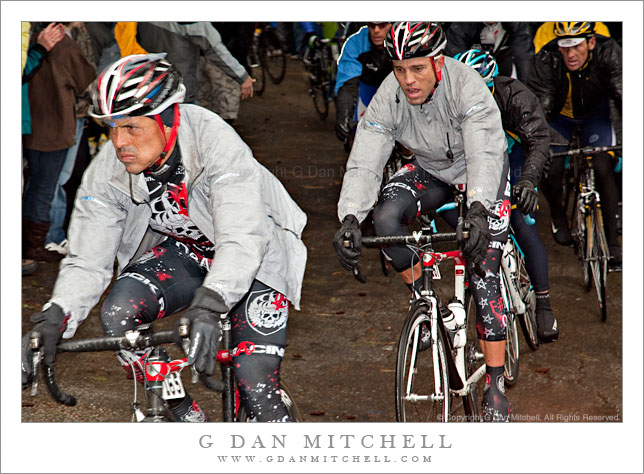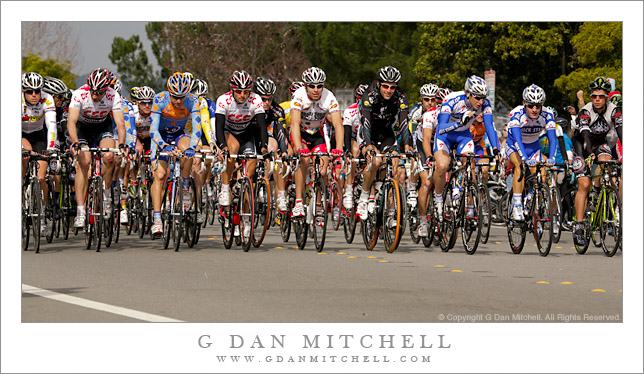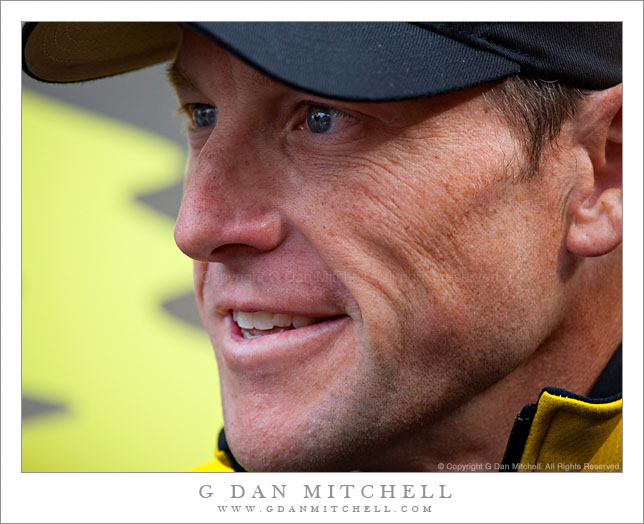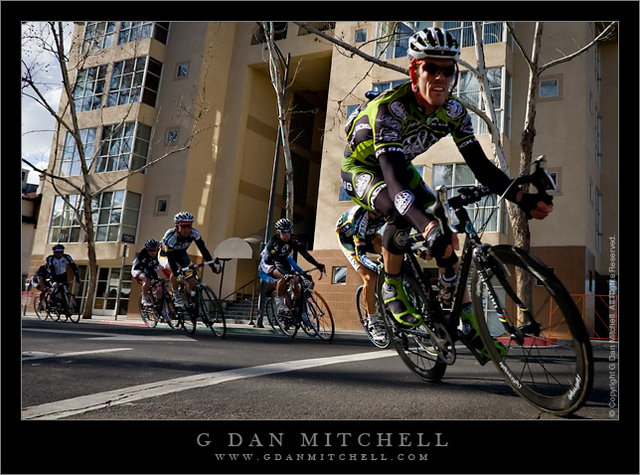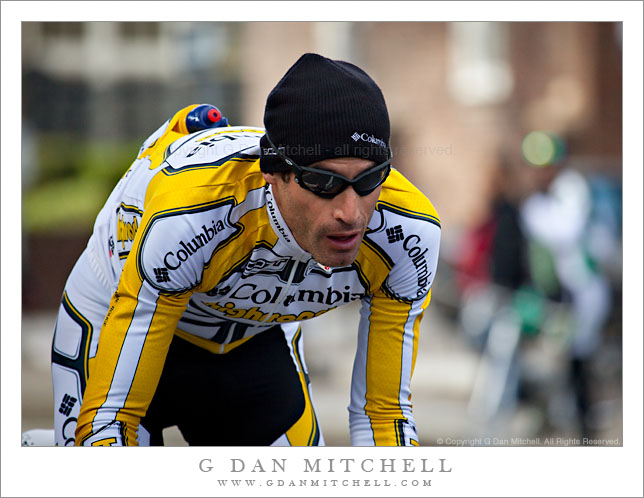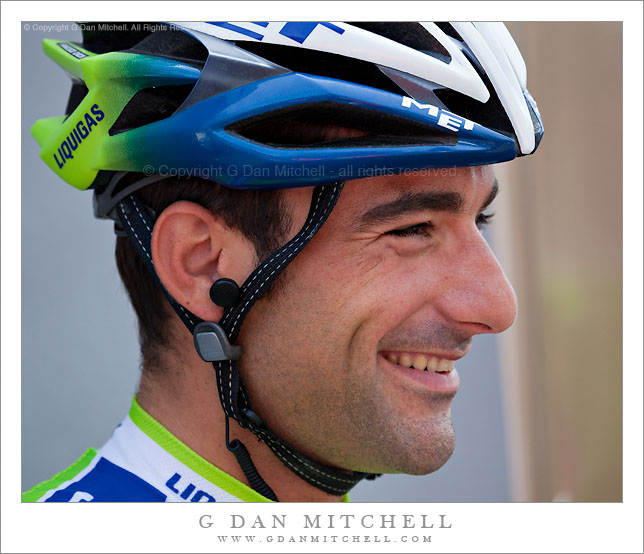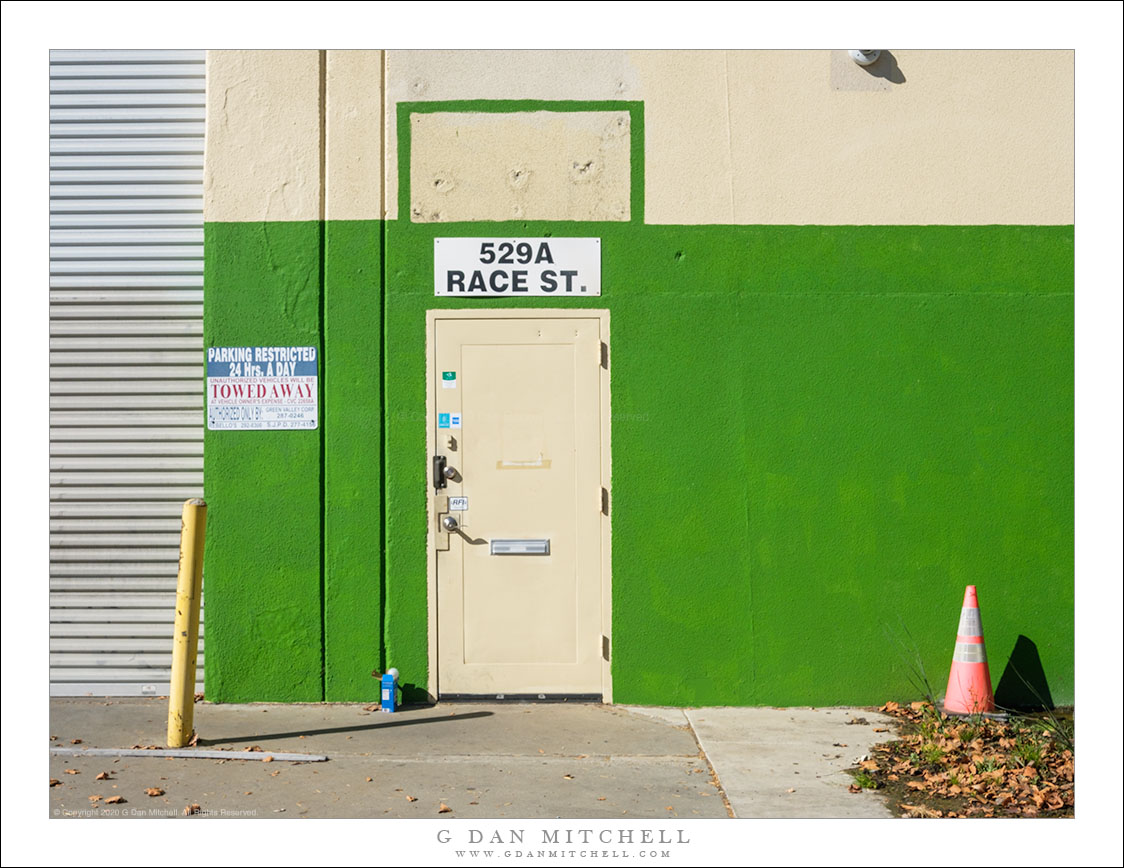
Green Wall, Autumn Leaves. © Copyright 2020 G Dan Mitchell – all rights reserved.
Doorway, green wall, roll-up door, a pylon, and autumn leaves at an urban business.
This is a photograph I made on one of my long, almost-daily “pandemic walks” that circle out from my neighborhood to include everything from residential neighborhoods to light industrial areas and more. This building is along one of my common routes, and I probably pass by several times per week, usually without paying it much attention.
Scenes like this seem to me to contain more than might be immediately apparent. Objectively it is just a door in the side of a boring concrete industrial warehouse. But a few of the oddities attract me —‚ the brightly colored pylon, the oddly tilting yellow pole with its shadow pointing to the door, various geometries, and that wild green color.
G Dan Mitchell is a California photographer and visual opportunist. His book, “California’s Fall Color: A Photographer’s Guide to Autumn in the Sierra” is available from Heyday Books and Amazon.
Blog | About | Flickr | Facebook | Email
Links to Articles, Sales and Licensing, my Sierra Nevada Fall Color book, Contact Information.
Scroll down to leave a comment or question.
All media © Copyright G Dan Mitchell and others as indicated. Any use requires advance permission from G Dan Mitchell.

